Hire R Programmers
For Best in Class R Programming Services
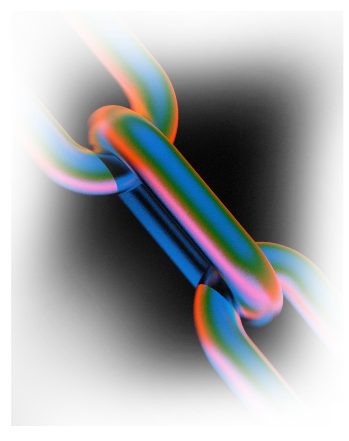
For Best in Class R Programming Services
Heimler’s Journey From Blind Spots to Business Clarity – A3logics Unleashes the Power of Live Intelligence
Discover More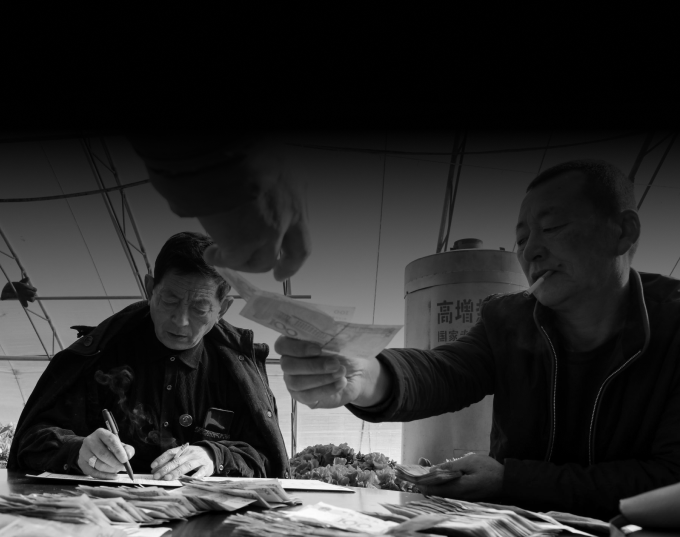
Redefining the Future of Lending – Cred Fintech’s Monumental Transformation with A3logics
Discover More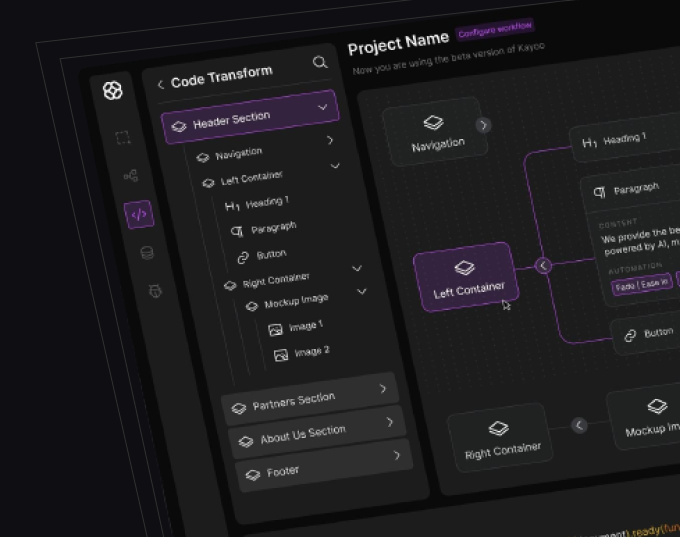
Revolutionizing Credit Risk – How A3logics and Heimler Redefined Trust and Precision with Machine Learning
Discover More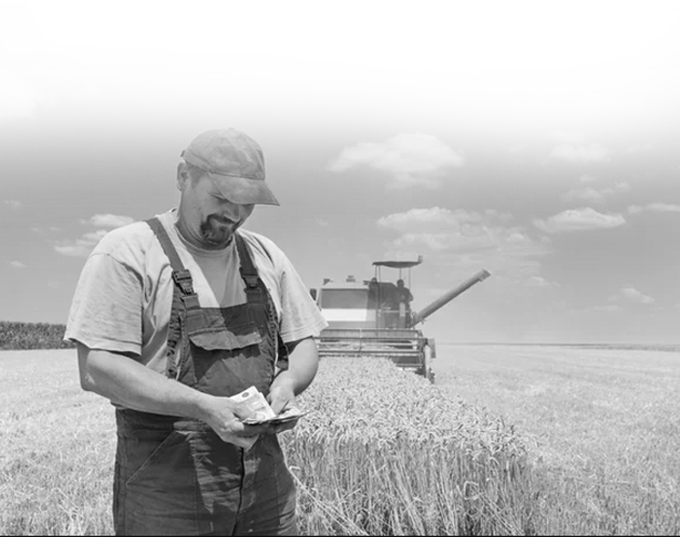
Transforming Risk to Opportunity – A3logics and Heimler Revolutionize Credit Risk Modelling
Discover More




















A3Logics is a renowned R programming language development company known for providing skilled R developers. Our experts are highly trained in statistical computing and analysis using R. Whether you need help with creating statistical models, data visualization, machine learning algorithms or building R packages – our team of R programmers can assist you.
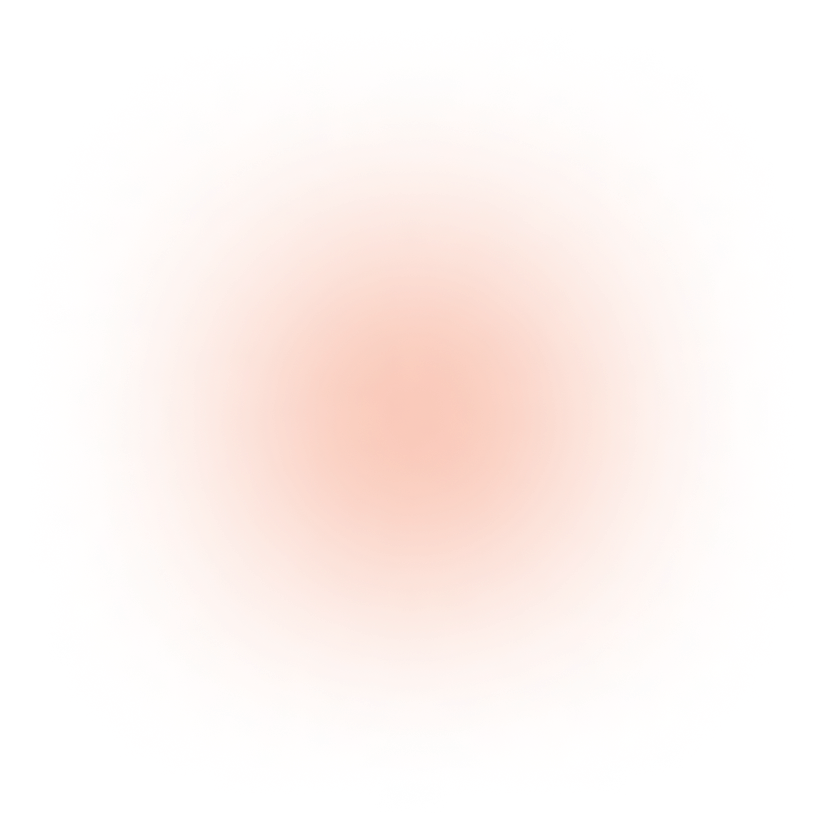
Our developers are proficient in creating intuitive graphical user interfaces for R using a shiny dashboard. Not only this, we have the expertise to build fully-customized desktop and also help you with the web apps for data exploration, reporting and interactive visualizations.
If you need an end-to-end R software tailored to your specific business needs, then we are here to assist you with all the support with R software development service. Our experts help design, develop and implement robust R applications for predictive modeling, decision support systems and more.
If you are in search of reusable code that needs packaging, then our experts can take care of it completely as per your given specifications. We can develop innovative R packages, ensure they meet CRAN guidelines and distribute them via CRAN/GitHub for others to utilize.
If you are stuck with an analysis problem, then we have the required skills and expertise to help you out. Our consulting team provides expert guidance on strategy, methodology and implementation of R solutions. Domain-specific recommendations help solve complex business puzzles.
You can always trust the experts in our team if you are looking to build iOS apps integrated with R analytics. Our R programmers have the required experience in creating native iOS apps that leverage the power of R for on-device statistical computing and visual storytelling.
As an offshore R development partner, A3Logics helps scale data science ops at a fraction of cost compared to in-house. With us you get assistance around-the-clock as our dedicated team works to tight deadlines and make sure that the project is delivered on time.
With our team of skilled R software developers, we deliver cutting-edge solutions for all your data science and analytics requirements.
R is highly effective for data wrangling, cleaning, manipulation and exploration of large datasets. Our experts leverage R packages like dplyr, tidyr and ggplot2 to process disparate data from multiple sources and gain key business insights.
As a leader in data science solutions, we use R extensively for predictive modeling, forecasting, statistical analysis and visualization. Tools like caret, randomForest and shiny allow building robust data science products and dashboards.
Leveraging R’s machine learning capabilities, we develop tailored algorithms for tasks like classification, regression, clustering, dimensionality reduction and recommender systems. Packages like caret, mlr and tidy models help design scalable ML workflows.
With a versatile suite of statistical techniques, R aids scientifically valid conclusions and discoveries. We harness R capabilities for experimental design, simulation, statistical tests, time series, Bayesian and multivariate analysis integral to research.
As an ISO-certified organization with seasoned R programming consultants, A3Logics ensures seamless project execution.
Our dedicated, fully-vetted R professionals possess proven skills and domain expertise. This allows Deep understanding of requirements to deliver tailored, scalable solutions meeting quality standards on time.
With a global delivery model, clients benefit from 24/7 technical assistance and R package updates from our consultants. Dedicated project managers ensure seamless coordination and communication.
Rigorous security protocols like confidentiality agreements, access controls and encryption protect sensitive data. Adherence to standards like ISO 27001 strengthens compliance and trust in our capabilities.
A3logics redesigned the logistics software of a mobile app solutions company’s end customer. The project included creating a comprehensive solution with reporting features, order tracking, and system updating.

“Their distinct flexibility and their strong communication were the project’s main assets.”


A construction technology company hired A3logics for custom software development. They created a construction digital platform that allows users to see project areas, distribute resources, and share data.
“Their software has proven essential in the construction sector.”

A3logics created and implemented a custom logistics software solution for a wealth management platform. This included developing features and integrating real-time tracking and data analytics functionalities.

“They ensured our collaboration went well by providing timely items and responding quickly to our requests.”


A3logics created and executed a personalized Generative AI system that featured chatbots for customer service, prediction algorithms, and AI-powered data analysis tools.

“Their technical expertise and reactivity were excellent.”


A3logics has developed an administrative management system for a health testing company. The product is designed to handle operations such as consultant matching, time reporting, and compensation management.

“The collaborative team we’ve worked with has shown great flexibility and excellent project integration.”


A transportation company hired A3logics to create a custom software program for freight activity tracking. The team also created invoicing tools and a driver-tracking system connected to a dispatch system.
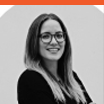
“Their thorough inquiry and engagement with our team reflect their commitment to understanding our requirements.”


Common algorithms are linear/logistic regression, decision trees, random forest, k-means clustering, PCA, neural networks. Packages like caret provide an interface to train & tune models. Other useful packages are ranger, keras, mlr, h2o, nnet and tensorflow.


Marketing Head & Engagement Manager